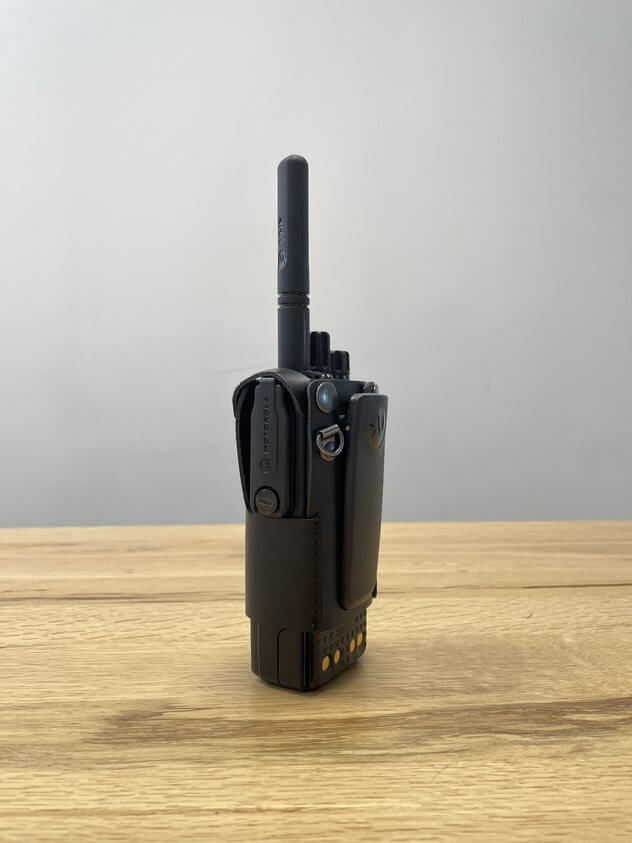Share
As a leading supplier of wireless communication systems, Firecom BV understands the importance of choosing the right frequency bands for each specific usage scenario. When implementing wireless communication technologies, it is essential to determine the optimal frequency band, which is where Very High Frequency (VHF) and Ultra High Frequency (UHF) come into the picture. In this article, we will discuss when to use VHF and UHF is ideal, taking into account the various factors that come into play.
- Range: VHF vs. UHF VHF frequencies naturally have a greater range than UHF frequencies. The longer wavelength of VHF waves makes them more able to penetrate obstacles such as buildings and hills. Therefore, VHF frequencies are often used in applications where communication over long distances is necessary, such as maritime communications and aeronautical communications. On the other hand, UHF frequencies are more suitable for line-of-sight communications in urban environments where interference can be a challenge.
- Interference management Interference can negatively affect the performance of wireless communication systems. UHF frequencies are more susceptible to interference than VHF frequencies, especially in dense urban areas. This is because the UHF band has more sources of interference, such as other wireless devices and electronic signals. When choosing between VHF and UHF, it is important to evaluate the environment in which the communication takes place and consider possible sources of interference.
- Physical environment: obstacles and line-of-sight The physical environment plays a crucial role in selecting the correct frequency band. VHF frequencies have better penetration properties and can penetrate obstacles more easily than UHF frequencies. If communication takes place in an environment with many obstacles, such as buildings or dense vegetation, VHF is the better choice. On the other hand, UHF is suitable for situations where line-of-sight communication is important, such as wireless microphones in urban environments.
- Bandwidth and data rates In terms of available bandwidth, UHF generally offers more options than VHF. This makes UHF more suitable for applications that require higher data rates, such as wireless broadband Internet connections and digital television broadcasting. When planning wireless communication systems, the desired data rates and the available bandwidth in the chosen frequency band must be taken into account.
At Firecom BV we understand the complexity of selecting the correct frequency band for wireless communication systems. Our experienced professionals are well aware of the characteristics of VHF and UHF and apply their expertise to provide the most optimal solutions for our customers. We provide detailed site surveys and frequency planning, considering specific needs and environmental factors to ensure reliable and effective wireless communications.
For reliable wireless communication systems that meet your specific requirements, rely on the expertise of Firecom BV. Contact us today for personalized advice.

